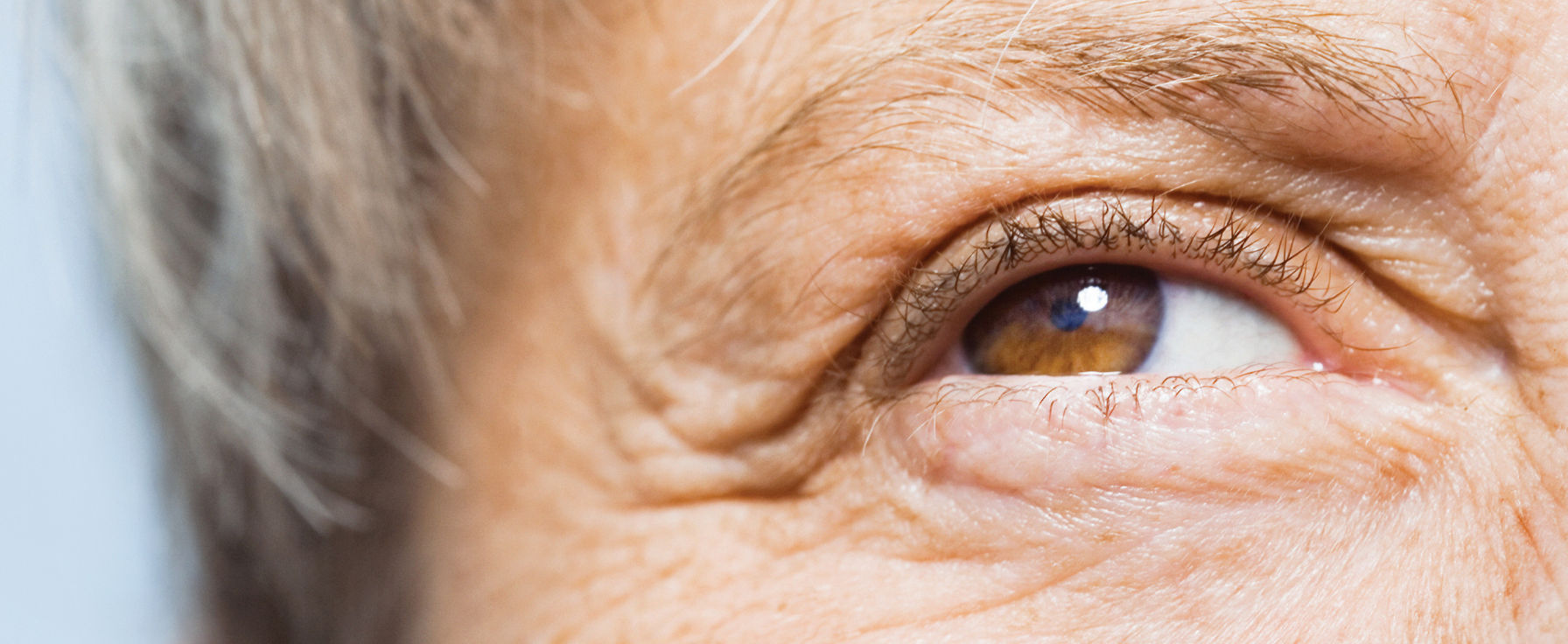Dry eye disease, also called dysfunctional tear syndrome, is a common condition affecting about one in 11 people worldwide.1 Inflammation and tear osmolarity are the underlying mechanisms that cause dry eye. When tears are not able to produce adequate moisture, the ocular surface becomes inflamed.
Quality of life and daily activities can be greatly impacted by dry eye symptoms, creating a significant psychological impact. Patients have reported a willingness to trade years at the end of their lives to be free of dry eye disease.2
Identifying patients with dry eye and related ocular surface diseases provides the ability to categorize these patients for better dry eye or perioperative management, which leads to many clinical advantages, such as better outcomes, reduced complications and better patient care.
Symptoms of dry eye include:
Dryness
Burning
Light sensitivity
Foreign body sensation
Ocular pain
Blurred vision
Visual fatigue
Discomfort


